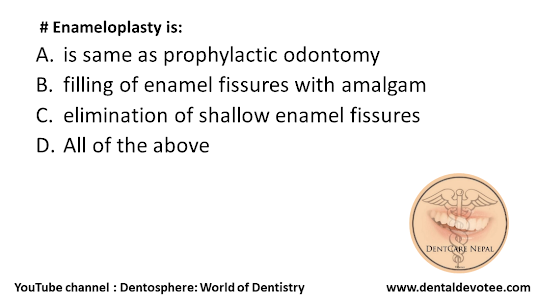Dental management of Medical compromised patient _ Hyperventilation
Dental Management of Hyperventilation
Hyperventilation is an increase in the rate or depth of breathing that results in a change in the blood chemistry and usually occurs as a result of anxiety. The dental office is an anxious setting for most people, which is why hyperventilation is a very common emergency seen there.
The most common cause of hyperventilation is anxiety. Although not as common, hyperventilation also may be caused by certain physical conditions, emotional upset, or stress. Children usually cry or scream when frightened, which expresses their fears and prevents hyperventilation from occurring.
Carbon dioxide in the blood automatically triggers the breathing reflex and stimulates respiration. In this way it helps control the breathing process automatically. A person who begins to hyperventilate increases the depth and rate of respirations much like an athlete who has performed strenuous exercise. By increasing respirations, the person exhales a large amount of carbon dioxide. In the athlete, the exercised muscles release carbon dioxide into the blood, which replenishes the excess given off by the rapid breathing. Because dental patients are motionless, however, they have no way of replenishing the carbon dioxide being exhaled. As a result patients can suffer from a lack of carbon dioxide and have difficulty breathing. When there is a lack of carbon dioxide, the patient must consciously work to inhale and exhale.
Signs and Symptoms of Hyperventilation
- Nervousness
- Increase in rate of respirations
- Feeling of suffocation
- Tightness in chest
- Dizziness
- Tingling in extremities
Treatment for Hyperventilation
- Stop dental treatment
- Position the patient in a upright position
- Calm the patient by describing the situation and ask the patient to hold his or her breath “Tell the patient to inhale and hold his or her breath for several seconds before exhaling. This procedure will help increase the level of carbon dioxide.”
- Have the patient breathe into a paper bag to increase carbon dioxide in the bloodstream. “Never administer oxygen to a hyperventilating patient. Remember, this patient already has too much oxygen and too little carbon dioxide”
- Administer drug therapy to reduce anxiety such Diazepam (Valium) (only if necessary, as a last resort)


